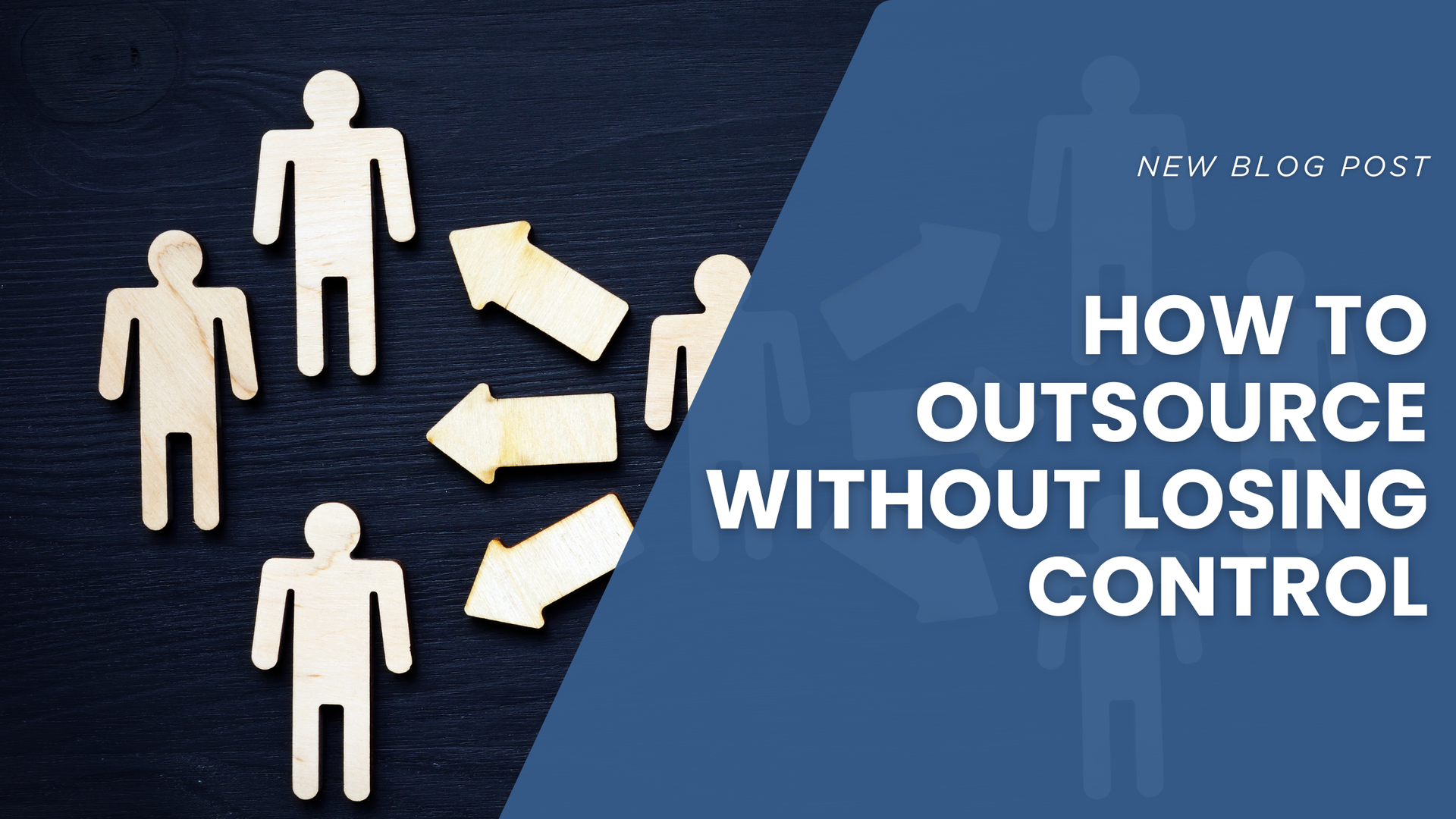
Owning a trucking company takes more than just driving skill — it demands endurance, sharp decision-making, and the ability to juggle a dozen moving parts at once. But while hard work might get your company off the ground, it’s not enough to keep it growing.
Many trucking business owners stay stuck in “survival mode,” handling dispatches, payroll, and breakdowns while trying to keep every wheel turning.
What’s often missing isn’t effort — it’s the mindset shift from being the boss to being the CEO.
The Difference Between a Boss and a CEO
Being “the boss” usually means staying busy with the daily grind — answering every call, fixing every issue, and making sure the wheels keep turning. You’re hands-on, reactive, and focused on getting through each week.
A CEO, on the other hand, takes a step back to look at the big picture. They create systems that make life easier, use numbers to guide their decisions, and plan for long-term success — not just short-term fixes.
| The Boss | The CEO |
|---|---|
| Works in the business | Works on the business |
| Focuses on daily tasks | Focuses on strategy and growth |
| Puts out fires | Prevents fires |
| Avoids delegation | Builds and trusts a capable team |
| Thinks month to month | Plans for the next 3, 5, or 10 years |
Shift #1: From Hustling to Managing by the Numbers
A CEO knows that numbers don’t lie.
They check their profit and loss statements, watch fuel and maintenance costs, and track cash flow like a pro. If you’re just checking your bank balance to see what’s left after bills, you’re driving blind.
Make it a habit to review your financial reports monthly — and if numbers aren’t your thing, bring in a bookkeeper or accountant who understands trucking. That one step can give you more control (and peace of mind) than you might expect.
Shift #2: From “Doing It All” to Building a Team
You can’t grow a business by doing everything yourself.
A boss says, “No one can do it like me.”
A CEO says, “Let’s find the right people so I can focus on the big stuff.”
Whether that means outsourcing your accounting, hiring a reliable dispatcher, or bringing in help for maintenance, letting go of some control doesn’t mean losing it — it means gaining time to focus on growth.
Shift #3: From Quick Fixes to Long-Term Strategy
A boss reacts to problems as they come.
A CEO plans ahead so those problems don’t keep repeating.
That could mean setting clear financial goals, creating standard procedures for your team, or investing in technology that keeps operations smooth. Thinking long-term helps you stop chasing emergencies and start building stability.
Shift #4: From Control to Leadership
Being a boss is about managing tasks.
Being a CEO is about leading people.
Instead of trying to handle everything yourself, set clear expectations, communicate your goals, and trust your team to follow through. True leadership means guiding others to succeed with you — not doing it all on your own.
Shift #5: From Reacting to Innovating
A boss waits for problems to show up.
A CEO looks for opportunities to improve, streamline, and innovate.
That might mean adopting new technology, exploring new routes, testing fuel-saving strategies, or finding ways to add revenue streams. Innovation doesn’t always mean big changes; even small improvements can save time, cut costs, and boost profits. CEOs are always asking: “How can we do this better tomorrow than we did today?”
Final Thoughts
Hard work got your trucking business started, but leadership is what will keep it growing.
When you start thinking like a CEO, you stop surviving and start building something that runs smoothly, makes money, and gives you the freedom you’ve been working for.
So, ask yourself: are you just the boss — or the CEO your business really needs?
Need help seeing your numbers like a real CEO?
Let’s talk. A quick financial review can show you exactly where to focus for growth and stability.
Schedule your call here today — and start leading your trucking business like the CEO it deserves.










